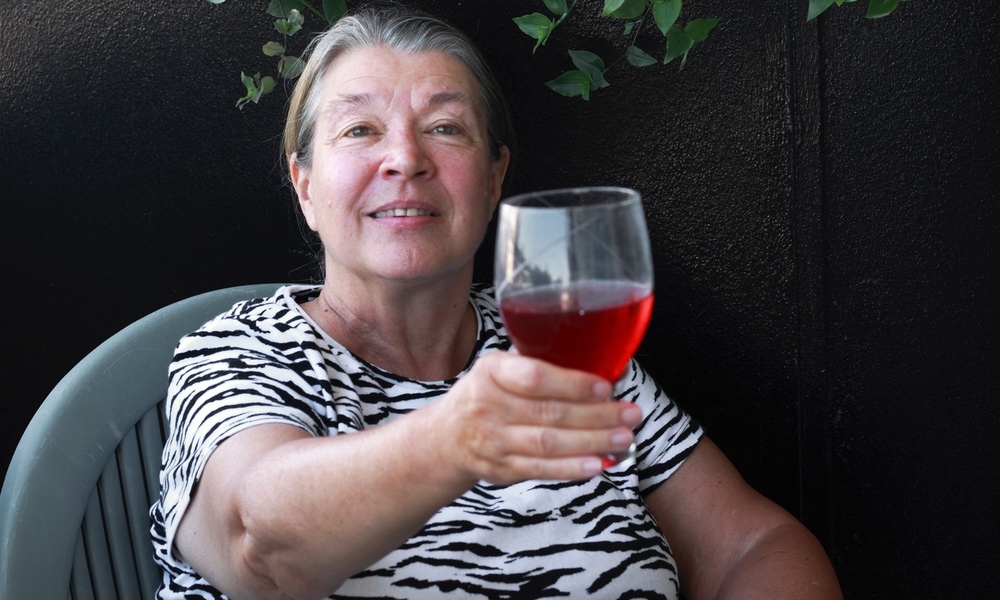It has long been know that breathing second−hand cigarette smoke poses a significant health risk to non−smokers, especially children. Children and adults exposed to secondhand smoke have an increase in diseases of the upper and lower respiratory tract, ear infections, and asthma. For this reason, smoking has been banned in most public places including restaurants, theaters, sports arenas, airplanes, etc. This has dramatically decreased the exposure to second−hand smoke of adult non−smokers.
But children, who live in homes with adult smokers, are still at high risk of toxic exposure. A recent study published in the November issue of Pediatrics, investigated the second−hand smoke exposure of children in US homes.
Although progress has been made in many areas, one of the most vulnerable groups, children, are still being exposed to dangerous levels of second hand smoke right at home.
The researchers evaluated 5518 non−smoking children and adolescents, ages 3−19. The used a blood test, serum cotinine, which accurately reflects second hand smoke exposure in the 2−3 days preceding the test, and they obtained a smoking history from the adult members of the households. They found that almost 20 percent of children and adolescents were exposed to second hand smoke in their homes.
Parents should pay attention to the environments in which their children spend time. They should be aware of the at−home smoking habits of friends, family members and childcare providers and take measures to decrease their children's exposure to second−hand smoke in these environments. If children have frequent upper respiratory infections, ear infections, and asthma flare−ups, parents should consider whether second−hand smoke exposure is contributing. Although smoking cessation is challenging, often parents can rise to the challenge for the sake of their children. The following websites may provide helpful information:
http://www.smokefree.gov/
http://www.cancer.org/
http://www.lungusa.org/
Parent can also contact their physicians for advice about local programs as well as information about medications and products to help them quit.




